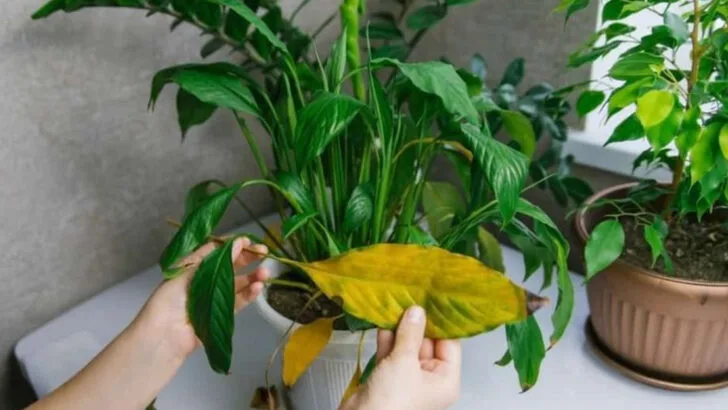It’s one of the most frustrating feelings for any plant lover: you buy a beautiful new plant, give it a nice spot in your home or garden, and a few weeks later… it’s drooping, yellowing, or worse. You watered it, gave it light, maybe even talked to it—so what went wrong? Whether you’re a beginner or a seasoned green thumb, these silent mistakes are more common than you think.
The truth is, most plants don’t die from neglect—they die from the wrong kind of care. From too much love (overwatering) to the wrong potting mix, bad airflow, or a forgotten repotting schedule, the little things add up. What looks like a mystery to you might actually be a pattern your plant has been trying to tell you for weeks. Once you know what to look for, you’ll never lose another leaf without knowing why.
In this guide, we’re breaking down the 17 most common reasons your plants keep struggling, and most importantly—how to fix each one this week, even if you’ve failed before. Don’t toss that half-alive plant just yet. A few small tweaks can bring it back, and maybe even make you feel like a plant whisperer.
Overwatering
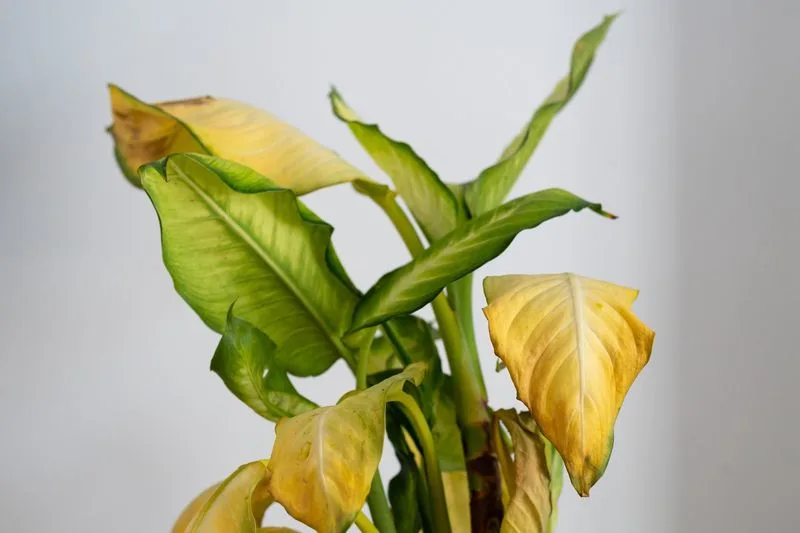
Water is crucial for plant life, but too much can drown the roots. Overwatering is among the top reasons plants perish. When soil is constantly wet, it suffocates the roots, preventing them from absorbing oxygen. Check if the top inch of soil is dry before watering again. Consider your plant’s specific needs, as different species have varying requirements. A moisture meter could be your best friend in maintaining the right balance. Ensure pots have drainage holes to allow excess water to escape. Perhaps most importantly, schedule regular watering instead of guessing. It’s all about balance.
Underwatering

Imagine craving a drink on a hot day but being ignored—that’s how an underwatered plant feels. Dehydration can cause wilting, browning edges, and eventually, plant death. Check your plant’s soil regularly to ensure it’s adequately moist. A plant’s water needs vary, depending on its species and environment. During hot weather, most plants will require more frequent watering. Don’t just sprinkle; a deep soak helps the roots grow strong. Regular watering routines will prevent this common oversight. Consistent, deep hydration is key to keeping your plants happy and thriving.
Poor Soil Quality
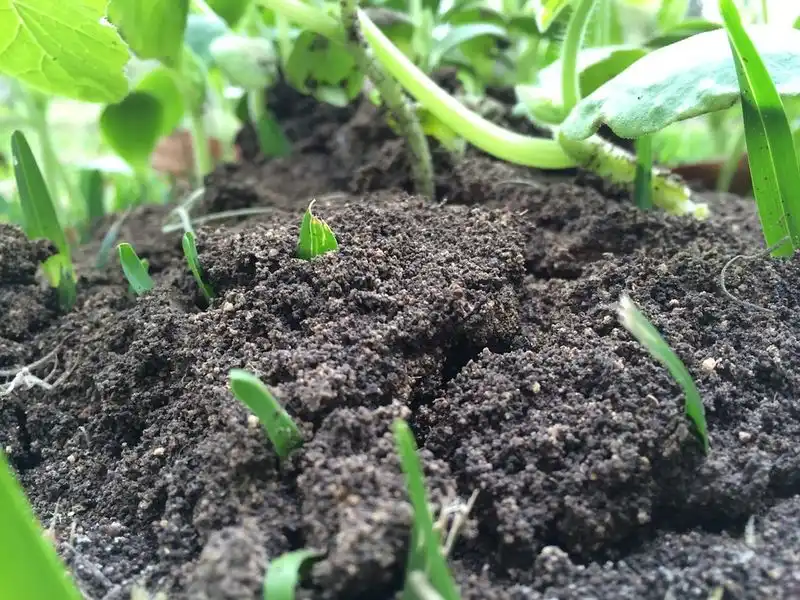
Think of soil as your plant’s bed—it should be cozy and packed with nutrients. Poor soil often lacks essential minerals, stunting growth. Over time, soil can become compact, restricting root expansion. Regularly refresh the soil or use organic matter to enrich it. Choose the right soil type for each plant; cacti and ferns, for instance, thrive in different environments. Consider testing soil pH to make sure it’s suitable. Soil amendments, like compost or peat moss, can enhance texture and fertility. A healthy root system begins with quality soil.
Inadequate Light

Light is a plant’s food source, yet many suffer from insufficient exposure. A plant positioned too far from a light source may become leggy, reaching out in desperation. Assess your plant’s light needs—some enjoy basking in full sun, while others prefer the shade. Natural light isn’t the only option; grow lights can supplement for those dreary days. Rotate your plants periodically to ensure even growth. Monitor how sunlight moves through your space throughout the day. Understanding the light requirements of each species is crucial for healthy growth.
Pest Infestation
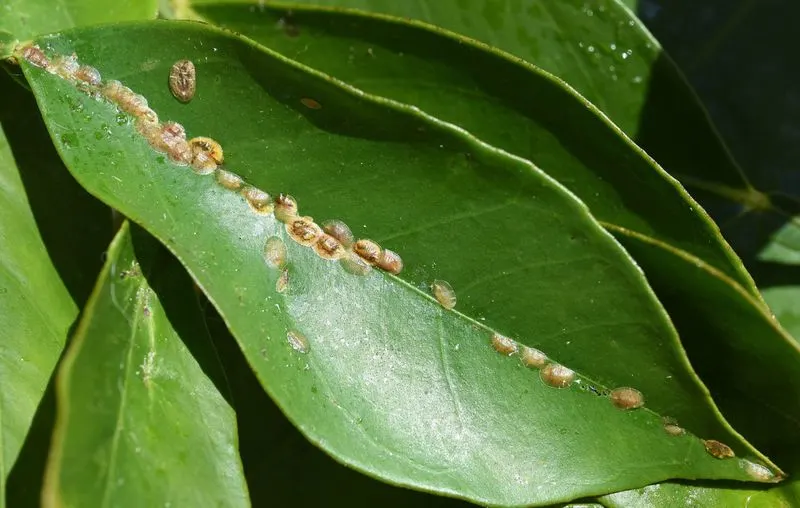
Even the most vigilant plant owner can fall victim to pests. Insects like aphids, spider mites, and whiteflies are notorious for sapping plant vitality. Regularly inspect leaves, especially the undersides, for signs of an invasion. A gentle wipe with soapy water can dislodge many pests, while neem oil offers a natural deterrent. Companion planting can also ward off unwanted visitors. Keep your plants healthy, as vigorous plants can withstand minor infestations better. A little vigilance goes a long way in maintaining your plant’s health.
Disease
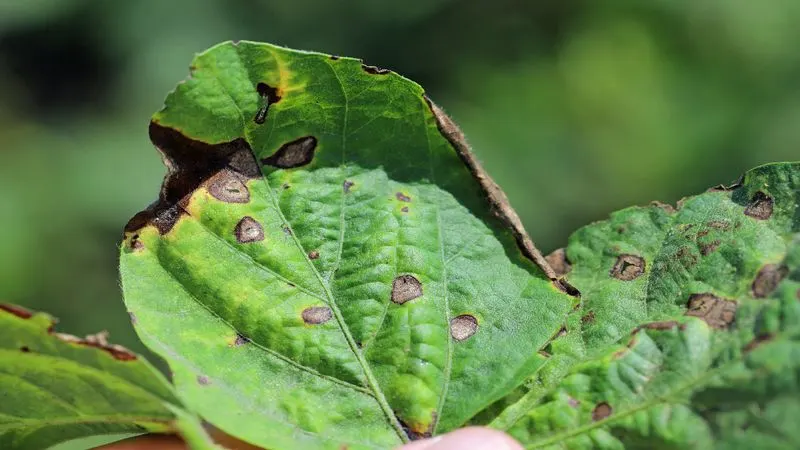
Diseases can sneak up silently, causing havoc before you realize it. Fungal infections are among the most common, often resulting in spots or wilting. Maintain a clean environment by removing dead leaves and debris. Ensure your plants have good airflow to prevent moisture accumulation. At the first sign of disease, isolate affected plants to prevent spread. Fungicides can offer control, but prevention is best. Regularly check for unusual spots or growths. Healthy plants have a better chance of resisting disease, so focus on overall care.
Incorrect Temperature

Plants are sensitive to temperature changes, much like us. Frequent fluctuations can stress them, leading to wilting or browning. Some plants thrive in cooler climates, while others bask in warmth. Avoid placing plants near drafts or heat sources. Keep an eye on nighttime temperatures, especially in colder months. Sudden drops can shock a plant, hindering its growth. Consider using a thermometer to ensure a stable environment. By maintaining a consistent temperature, you offer your plants the best chance to flourish.
Overcrowding
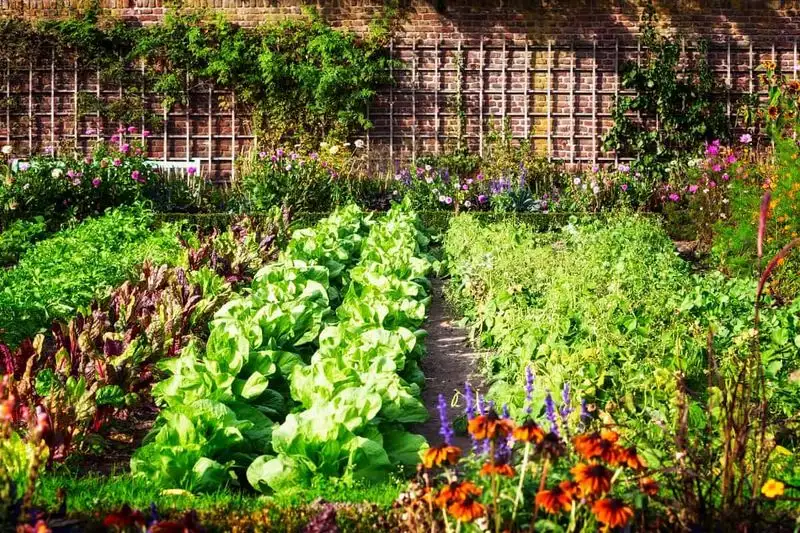
Much like people, plants need their personal space. Overcrowding in a pot or garden can lead to competition for nutrients. This struggle results in stunted growth and unhealthy plants. Regularly repotting, or thinning out garden beds, helps each plant to thrive. Ensure adequate spacing between each plant, allowing roots to expand freely. When repotting, choose pots with appropriate sizes for each plant’s root system. A little extra room encourages growth and prevents unnecessary stress. Give your plants the space they need to breathe and flourish.
Improper Fertilization
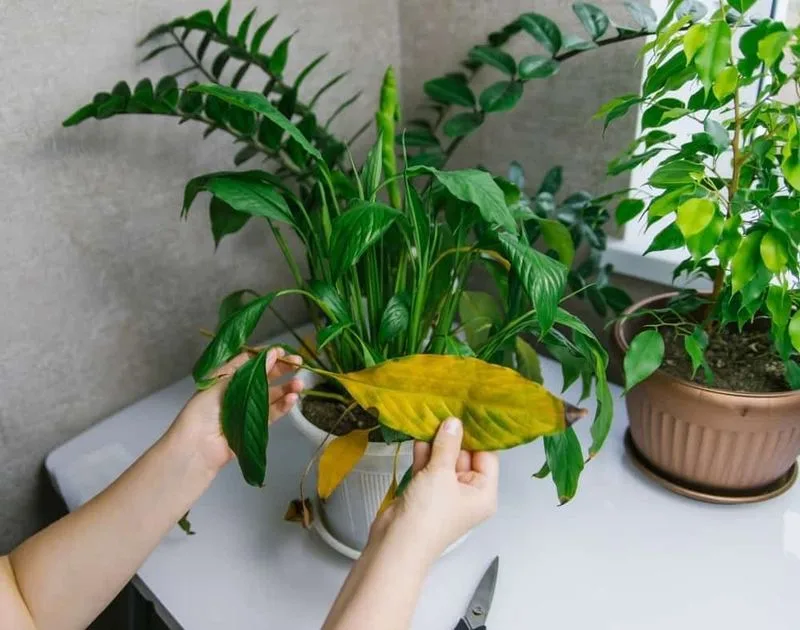
Fertilizer is like a vitamin for plants, but too much can be harmful. Over-fertilization often results in crispy, brown edges on leaves. On the other hand, too little fertilization stunts growth. Understand each plant’s specific nutrient requirements and adhere to recommended schedules. Organic fertilizers are often kinder and less likely to burn. Observe your plant’s response and adjust accordingly. Mixing fertilizer with water can help ensure even distribution. A balanced approach to fertilization supports robust and vibrant growth.
Wrong Pot Size
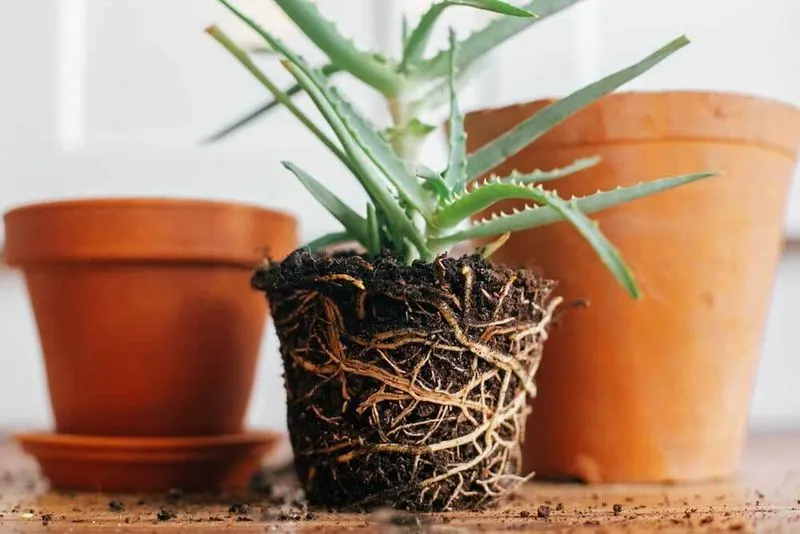
The pot your plant calls home can significantly influence its health. A pot too large can hold excess water, potentially leading to root rot. Conversely, a pot that’s too small can constrict growth. When choosing a pot, consider both the current size and expected future growth. Drainage holes are essential to prevent waterlogging. Ensure the pot material suits your plant’s needs; for instance, terracotta can wick moisture away. Repotting into a slightly larger pot allows room for healthy root development. Finding the right fit supports resilience and vigor.
Lack of Humidity
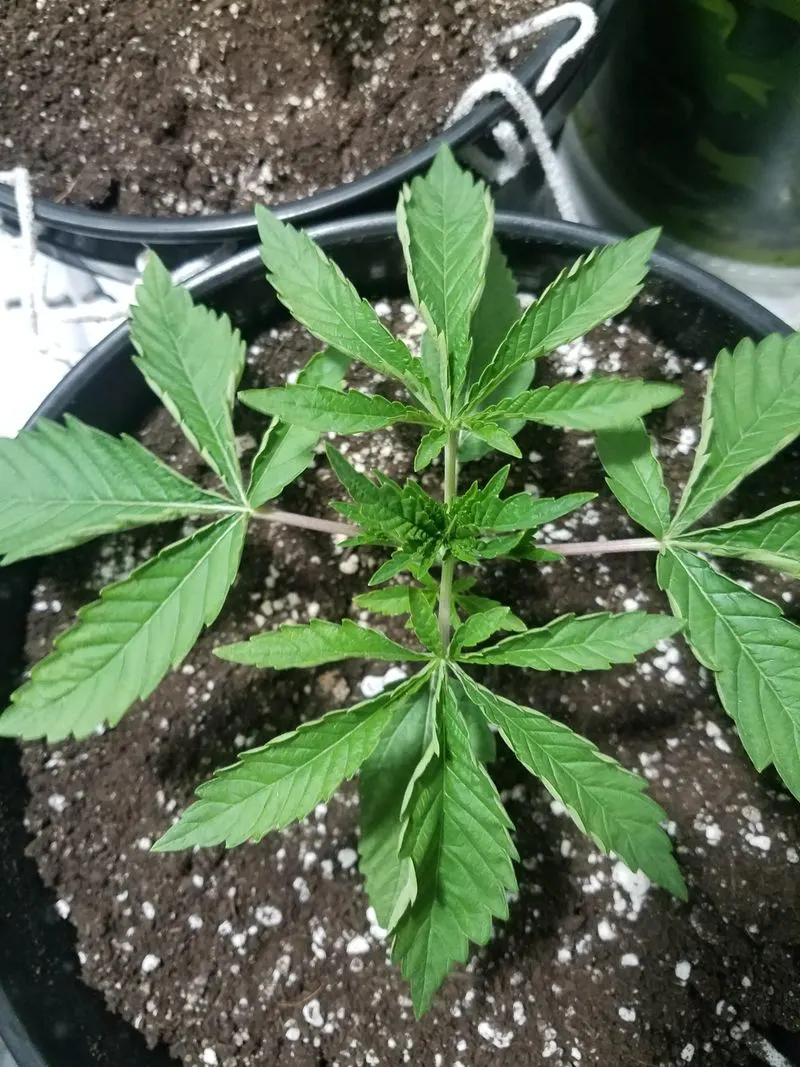
Tropical plants often suffer in dry indoor air. Without adequate humidity, leaves can brown and curl. Mimic their natural environment by placing a humidity tray nearby. Grouping plants together can also create a microclimate, boosting moisture levels. Consider investing in a humidifier, especially during winter months. Regular misting can provide temporary relief, although it’s not a long-term solution. Understanding each plant’s humidity needs can prevent distress. By ensuring a moist atmosphere, you offer your tropical plants a taste of home.
Improper Pruning

Pruning is an art that shapes plant growth and health. Improper techniques can harm more than help. Regularly remove dead or damaged branches to promote healthy growth. Each cut should be clean and precise—use sharp, sterilized tools. Understand the specific pruning needs of each plant species. Pruning at the wrong time of year can lead to stress or vulnerability to disease. Monitor your plant’s response and adjust your approach as needed. Proper pruning can enhance your plant’s beauty and longevity.
Chemical Damage
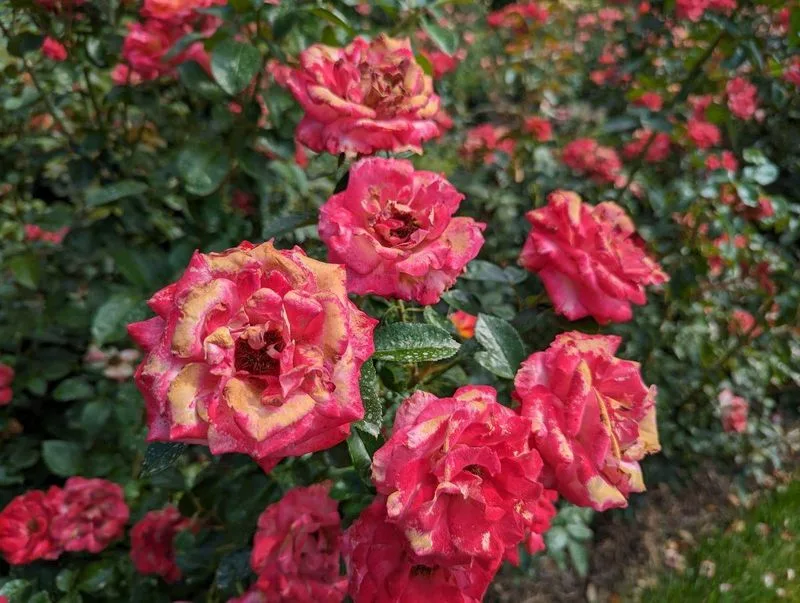
Even household cleaners can pose a threat to plant health. Accidental exposure to chemicals can result in wilting or discoloration. Always ensure plants are out of reach during cleaning sessions. If chemicals spill into the soil, consider repotting to remove contaminated substrate. Rinse leaves with water if contact occurs, to minimize damage. Be cautious with pesticides and opt for eco-friendly alternatives when possible. Protecting your plants from chemical exposure requires vigilance. A clean environment supports thriving plants.
Root Bound

A root-bound plant is one whose roots have outgrown its pot. Without room to spread, roots circle, stunting growth. Regularly check for roots emerging from drainage holes. Repot into a larger container if necessary, allowing the roots to expand. Gently loosen compacted roots before placing them in fresh soil. This encourages new growth and vitality. Choosing the right pot size initially minimizes this issue. A healthy root system is the foundation of a thriving plant.
Transplant Shock
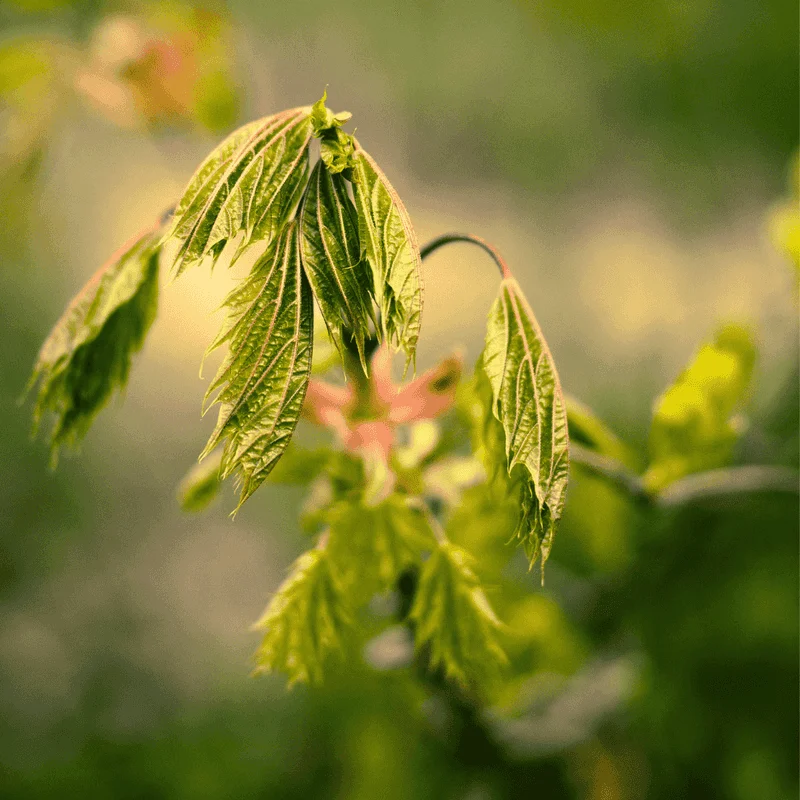
Transplant shock occurs when a plant struggles to adjust to a new environment. Signs include wilting and leaf drop. Minimize shock by watering thoroughly before and after transplanting. Handle roots gently, avoiding unnecessary damage. Gradually acclimate outdoor plants to new conditions before full relocation. Avoid transplanting during extreme weather. Providing extra care during this adjustment phase can ease the transition. Patience and attention ensure your plant settles into its new home smoothly.
Lack of Air Circulation
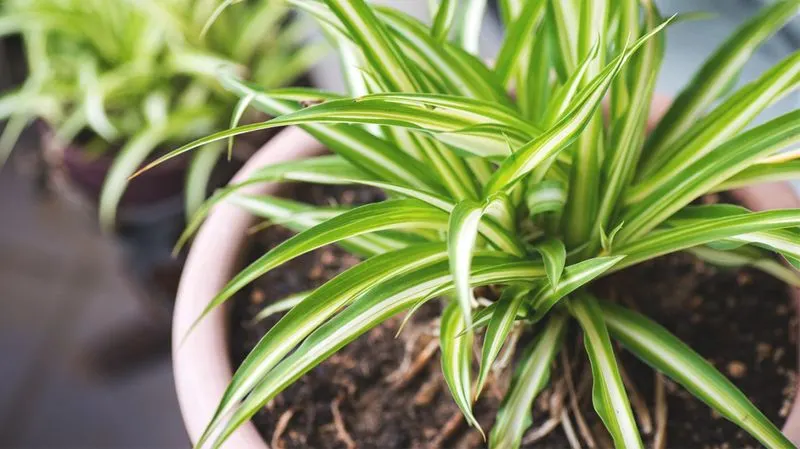
Stagnant air can lead to mold and mildew, damaging vulnerable plants. Ensure your plants have space to allow airflow between them. A small fan can help circulate air in stuffy rooms. Regularly turn plants so that all sides receive light and air exposure. Avoid overcrowding in small spaces, which can trap humidity. Proper air circulation supports disease prevention and plant health. Keeping the air moving is a simple yet effective way to maintain your plant’s well-being.
Neglect

Life gets busy, and plants may be the first to suffer from neglect. Dust-covered leaves and parched soil are telltale signs. Recommit to regular care by setting reminders for watering and feeding. Dust leaves occasionally to allow efficient photosynthesis. Create a dedicated schedule to monitor each plant’s needs. Little acts of care make a huge difference in recovery. Engaging with your plants can also be a calming routine. Consistent attention revives neglected plants, offering them a second chance.

